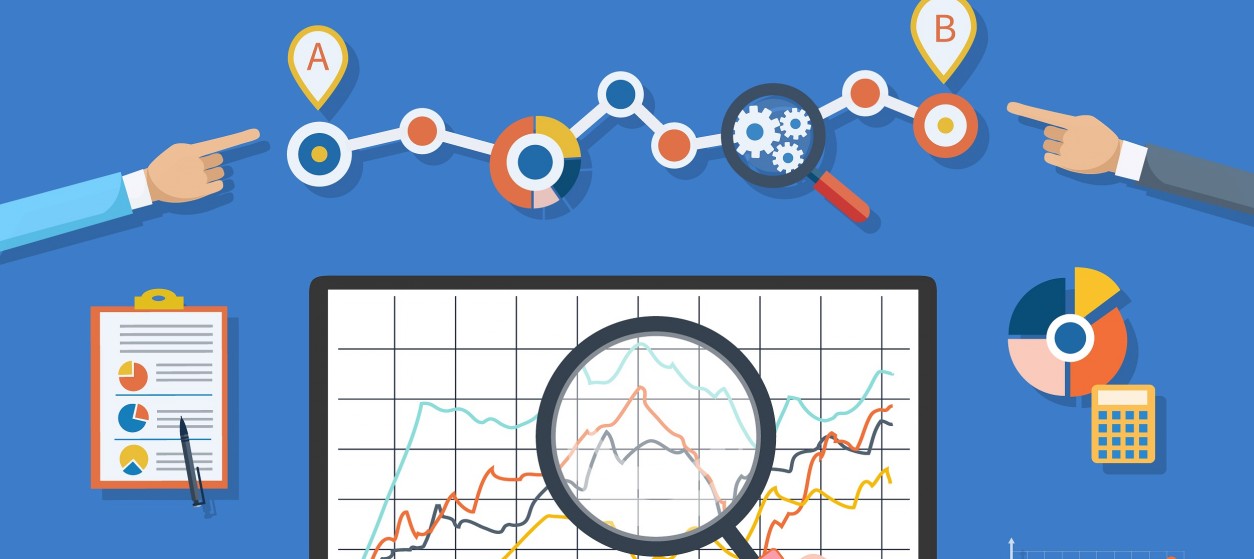Moden businesses are increasingly operating in a digital-first manner, which prioritizes the digitization of key operations as a means of cutting costs, increasing agility and fueling innovation. In this landscape, information technology (IT) is no longer just a support function. Rather it is a core driver of business growth strategy. Specifically, as organizations race to innovate and adapt, the role of IT governance has evolved from a compliance necessity to a strategic enabler, which is transforming how companies compete, grow, and deliver value. This is the reason why modern enterprises have no other option than to understand and implement smart IT governance. Smart IT governance must be fully aligned with the business objectives of an organization and must be powered by the proper tools and frameworks that can turn compliance into a true competitive edge.
Understanding IT Governance: Beyond Compliance
IT governance is a structured framework of policies, processes, and standards. This framework ensures that IT investments and activities align with business goals, deliver measurable value, manage risks, and comply with regulations. Compliance remains a critical component of IT governance, as it is increasingly important for organizations to meet legal and regulatory requirements. Nevertheless, modern IT governance is much more than a box-ticking exercise. It is about maximizing the return on IT investments, fostering innovation, and ensuring that technology actively supports and accelerates business objectives. Overall, the key objectives of IT governance include strategic alignment of IT and business goals, effective risk management, the optimization of resources, as well as the implementation of performance measurement and accountability processes. These objectives come on top of the classical requirements for regulatory compliance and transparency.
The Rise of Smart IT Governance
In the scope of the above general objectives, smart IT governance moves beyond rigid control and static compliance. It is adaptive, data-driven, and strategically integrated with business growth strategy. This approach leverages agile methodologies, proactive risk management, and continuous improvement to ensure that IT propels business transformation, beyond the provision of simple support services. In practice, there are some characteristics that make IT governance smart, including:
- Agility, which refers to rapid response to changing business needs and technology trends.
- Data-driven decision-making, which is about using analytics and Key Performance Indicators (KPIs) to guide IT investments and measure outcomes.
- Cross-functional collaboration, which is about involving business leaders, finance, operations, and IT in governance processes.
- Continuous improvement, which entails regular reviews and refinements to governance structures with a view to staying ahead of risks and opportunities.
Tools and Frameworks for Effective IT Governance
Nowadays, Chief Information Officers (CIOs) and IT leaders rely on a mix of standards, frameworks, and management tools to implement and monitor IT governance. The right combination depends on the organization’s size, industry, and strategic priorities. Nevertheless, there are some frameworks that stand out as being extremely popular including:
- COBIT, which enables C++omprehensive IT governance and control and helps aligning IT with business in ways that maximize value, manages risk, and support auditing processes.
- ISO/IEC 38500, which is focused on the corporate governance of IT. It sets principles for accountability, transparency, and strategic alignment.
- ITIL (Information Technology Infrastructure Library), which is an IT service management framework. It helps optimizing service delivery, resource utilization, and process improvement.
Beyond these frameworks there are also other supporting tools such as GRC (Governance, Risk, and Compliance) platforms, performance dashboards, SaaS management solutions, and automated audit tracking systems. These tools help CIOs manage complexity, monitor compliance, and drive continuous improvement.
How IT Governance Drives Business Growth
When IT governance is tightly integrated with business strategy, it becomes a powerful lever for growth and competitive differentiation. Here’s how:
- Strategic Alignment and Value Realization: Smart IT governance ensures that every technology initiative (e.g., scaling operations, enhancing customer experience, entering new markets) supports business objectives This alignment prevents resource wastage and ensures that IT investments deliver tangible business value.
- Proactive Risk Management: Modern businesses face a complex risk landscape, which comprises from cybersecurity threats to regulatory changes. IT governance frameworks enable organizations to identify, assess, and mitigate risks before they escalate, which is key for protecting assets and reputation while maintaining compliance.
- Optimized Resource Utilization: Smart governance means clear guidelines for budgeting, staffing, and project prioritization. These guidelines help organizations use their resources more efficiently, which leads to faster project delivery, lower costs, and greater agility in responding to market changes.
- Enhanced Decision-Making and Accountability: Well-defined roles, responsibilities, and decision rights streamline IT-related choices, which makes them more transparent and aligned with business priorities. This leads to better project outcomes, improved stakeholder confidence, and a culture of accountability.
- Innovation Enablement: Robust governance frameworks create the structure needed to explore and adopt new technologies such as cloud, AI, and automation. Most importantly, they help doing this without sacrificing control or compliance. This fosters a culture of innovation and positions IT as a driver of business transformation.
- Regulatory Compliance and Stakeholder Trust: The increasing scrutiny on data privacy and security requires IT governance that can ensure ongoing compliance with standards like the General Data Protection Regulation (GDPR) and the Health Insurance Portability and Accountability Act (HIPAA) This reduces the risk of regulatory penalties, while at the same time building trust with customers, partners, and investors.
To ensure that IT governance is fueling business growth in practice, organizations should track KPIs such as IT investment ROI (Return on Investment), project delivery times and budget adherence, incident response and risk mitigation rates, user satisfaction and service quality scores, as well as compliance audit results.
By and large, in a world where technology underpins every aspect of business, IT governance is no longer just about compliance, but rather a cornerstone of smart IT strategy and sustainable business growth. Modern organizations must adopt agile, data-driven, and collaborative governance models in order to unlock new sources of value, mitigate risks, and outpace the competition. The future belongs to those who treat IT governance not as a constraint, but as a catalyst for innovation, efficiency, and lasting success.










